Turkish breakfasts are an interesting approach: they always
feature fresh tomatoes and cucumbers and olives and cheese, almost always hard
boiled eggs, and then fairly often a
varying assortment of bread and jam, salami,
fruit, cereal and yogurt, and of course tea (cay) and coffee (often instant…
this is a tea country). We have yet to
get comfortable with the tomatoes, but the rest of it is usually pretty hearty
and partly accounts for the junk lunches we’ve been having, still being rather
full and feeling healthy from breakfast. This B&B served
the traditional version minus cereal and yogurt, so we were well fortified as
we left on the hour’s drive to Sagalossos.
Sagalossos is another one of those uncrowded gems, perhaps
(like Troy) because the last several miles of the road to it are narrow and
winding and perched on rather precipitous hillsides. Not tour bus habitat for sure, but well worth
the effort to get there. This was one of
the highlights among all the ruins we saw on this trip, and that’s saying a lot
because we visited so many. The city
dates from 1200 B.C. and, like most, shows the influence of early Greek and
Roman culture. Its most striking
structure is in the upper agora and called the Antonine
nymphaeum. There archaeologists have restored the water pipes that originally kept this large
and complex fountain full of water from a cascading stream, so that you can experience
the setting in the same way the ancients would have. This was also one of the sunniest days we’ve
had, which heightened the beauty without adding to the crowds. Next to the nymphaeum was the well-preserved
bouleuterion (where civic meetings were held; you can still see some rows of
seats) and a heroon (hero’s monument) to Alexander the Great. It was so well engineered that you can still
see the drainage channels and drain covers in the plazas.
Like many of the other sites we’ve visited, the final
chapter for Sagalossos was written by a massive earthquake in the 7th
century A.D. The sagging rows of seats
in the amphitheater give poignant evidence of the earth movement. But because the site is so isolated and was
never conquered by outsiders (who tend to either burn and raze a place or
pilfer all its
building materials to construct their new structures), these
stones are all lying exactly where they fell those many centuries ago, covered
by dirt and vegetation but still an archaeologist’s paradise. Returning to our B&B in Egidir, we once more opted for
dinner cooked by our hosts, again fresh fish from the lake. After collecting our dry laundry from the
clothesline, we are ready to move on again tomorrow.

 Eğirdir, Isparta, Turkey
Eğirdir, Isparta, Turkey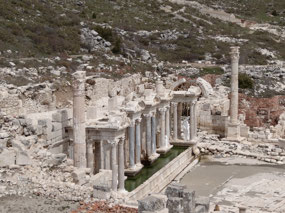
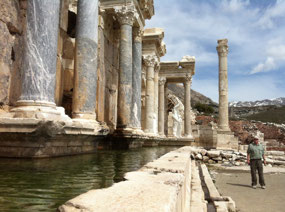

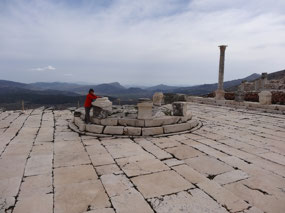
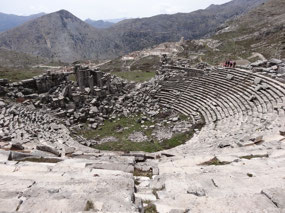








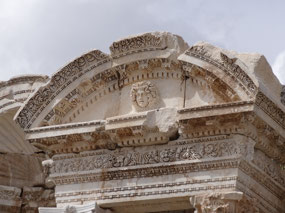
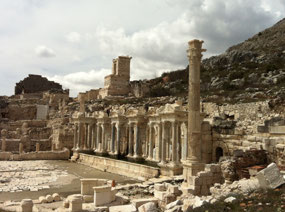
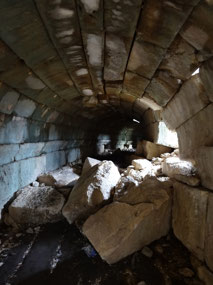
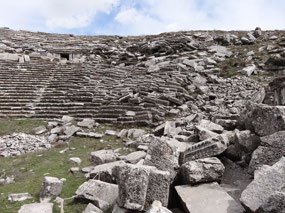
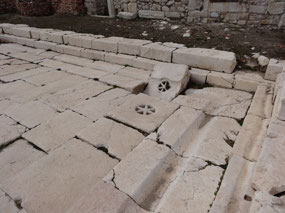
2025-05-23